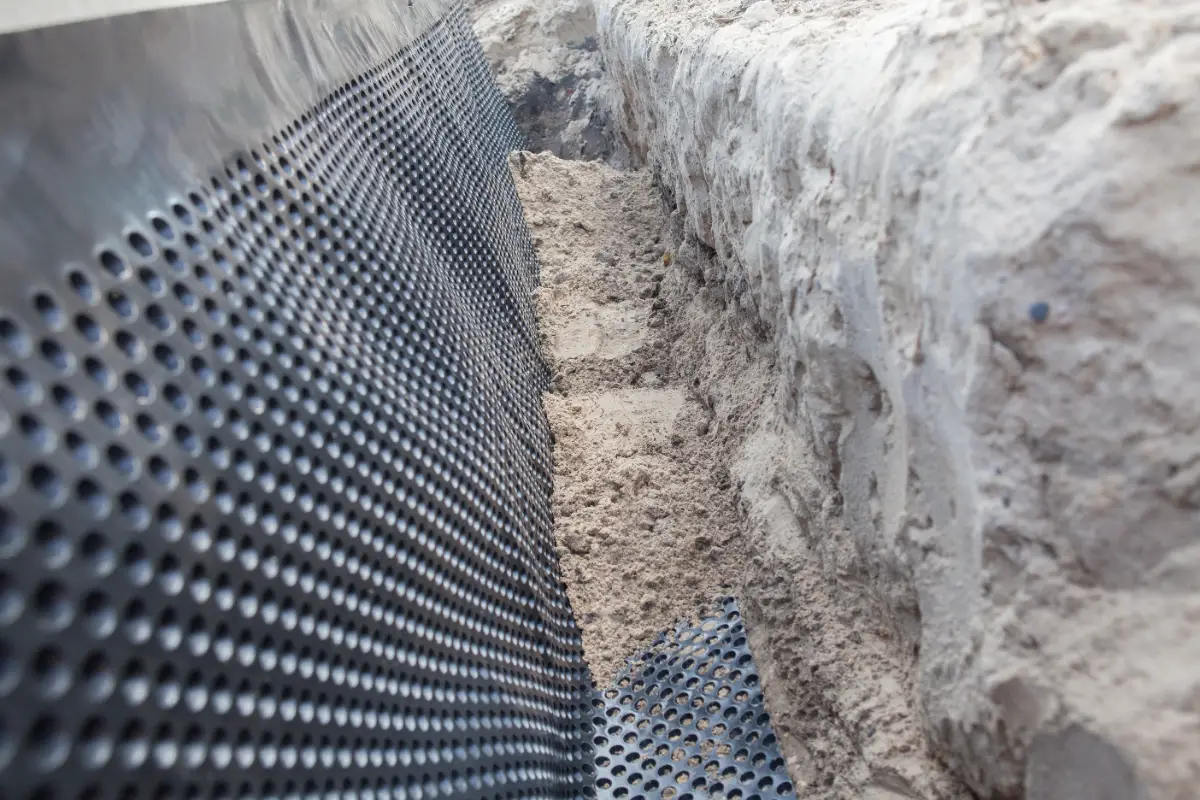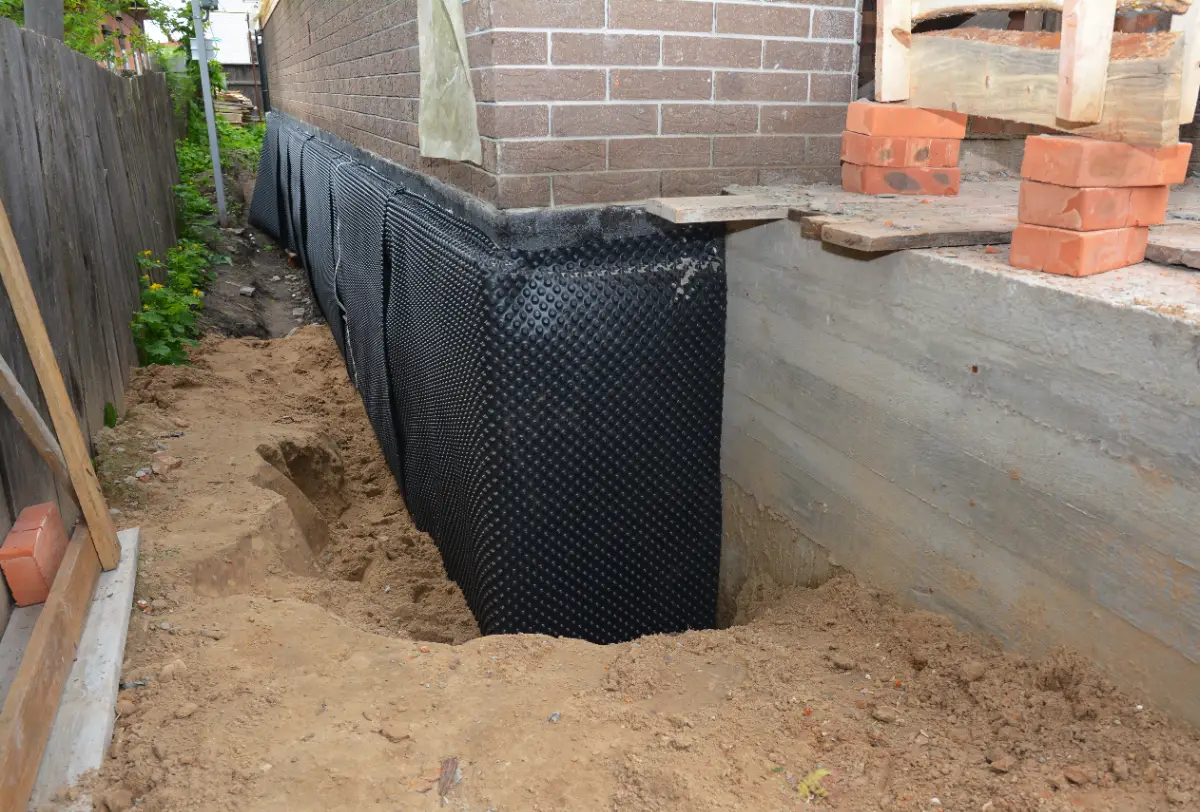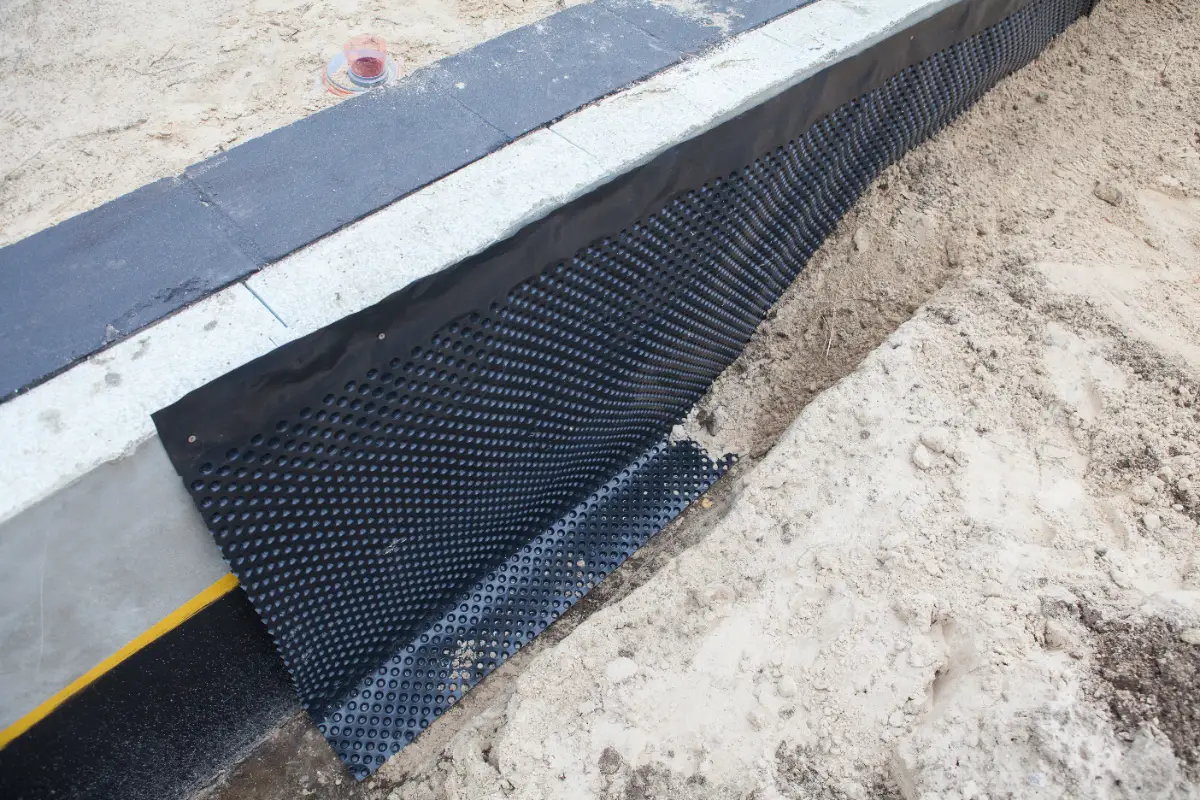Basement Waterproofing in Mattituck, NY
Stop Water. Protect Your Home.
Permanent basement waterproofing solutions that actually work in Long Island’s challenging conditions.

Hear About Us

Professional Waterproofing Services Mattituck
Your basement should be an asset, not a source of stress. When water stays where it belongs, you get peace of mind and a space you can actually use.
No more rushing downstairs during heavy rains to check for puddles. No more that musty smell that hits you when you open the basement door. No more worrying about what’s happening to your foundation while you’re not looking.
With proper basement waterproofing, you’re protecting one of your biggest investments. Your stored belongings stay safe. Your indoor air stays healthier. Your home value stays strong. Most importantly, you stop losing sleep over what the next storm might bring.
Mattituck Basement Waterproofing Company
We specialize in keeping Long Island basements dry. We understand the unique challenges that come with our coastal location and high water tables.
We’re not just waterproofing contractors. We’re masonry specialists who understand how water moves through foundation materials. That combination matters when you’re dealing with Long Island’s specific soil conditions and seasonal water challenges.
Our focus stays local because local expertise matters. What works in other parts of the country doesn’t always work here, and we’ve learned that through years of solving basement water problems right here in Mattituck and the surrounding North Fork communities.

Basement Waterproofing Process Mattituck
We start with a thorough assessment of your specific water intrusion points. Every basement is different, and cookie-cutter approaches don’t work. We identify where water is getting in and why.
Next, we determine whether you need interior waterproofing, exterior waterproofing, or both. Interior solutions handle water that’s already making its way through foundation walls. Exterior solutions stop water before it reaches your foundation. Sometimes you need both approaches working together.
The actual waterproofing work depends on your situation, but it always involves professional-grade materials applied correctly. We’re not patching problems temporarily. We’re creating permanent barriers that handle Long Island’s water table fluctuations and seasonal challenges. When we’re done, we clean up completely and walk you through what we’ve accomplished.

Ready to get started?
Explore More Services
About Diamond Masonry & Waterproofing
Get a Free Consultation
Complete Waterproofing Solutions Mattituck
Our basement waterproofing services address water intrusion from every angle. Interior basement waterproofing includes basement wall sealer application, moisture barriers, and drainage solutions that handle water that’s already penetrating your foundation.
Exterior basement waterproofing involves foundation excavation when necessary, proper drainage installation, and exterior basement sealing that stops water before it reaches your basement walls. We use professional-grade basement waterproofing sealer products that hold up to Long Island’s challenging conditions.
Living near the water means dealing with unique basement challenges that many contractors don’t fully understand. We’ve seen how seasonal water table changes affect different foundation types. We know which basement sealing approaches work long-term and which ones fail after a few seasons. That local knowledge makes the difference between a temporary fix and a permanent solution.

How do I know if I need interior or exterior basement waterproofing?
What's the difference between basement sealing and full waterproofing?
How long does basement waterproofing last in Long Island conditions?
Will basement waterproofing stop the musty smell in my basement?
How much disruption should I expect during basement waterproofing?
What should I do if my basement floods before you can start work?
Local Resources
- Google Map Link
- Find the Mattituck, NY USPS
- Locate Nearby Mattituck, NY Pharmacies
- View the Current Weather in Mattituck, NY
- Mattituck, NY is located in Suffolk county in New York State